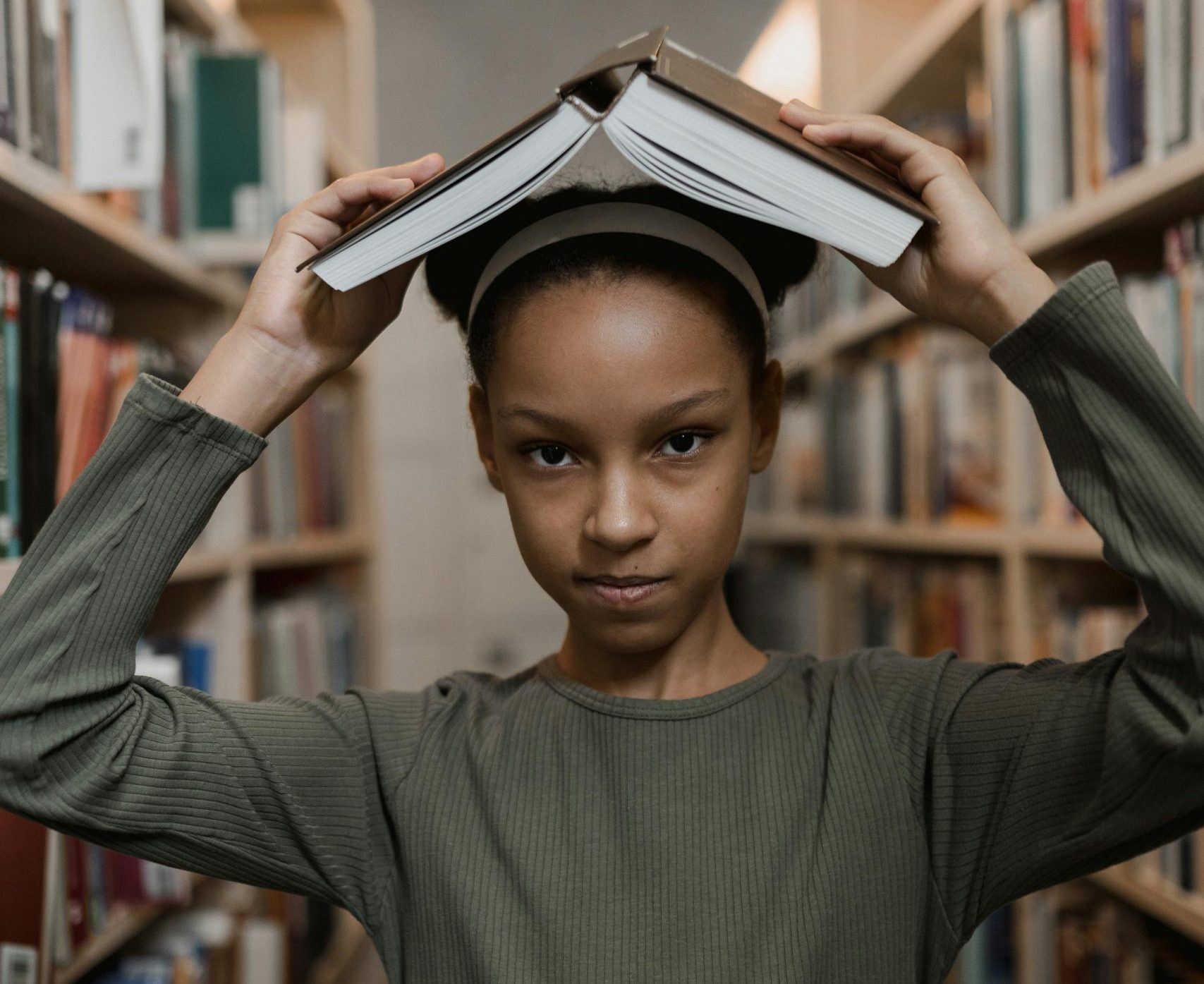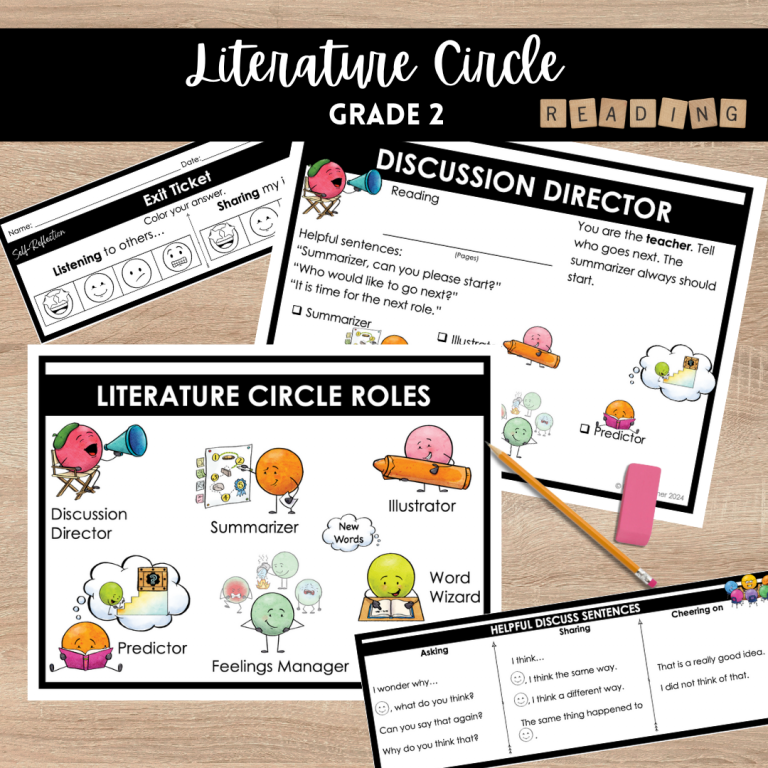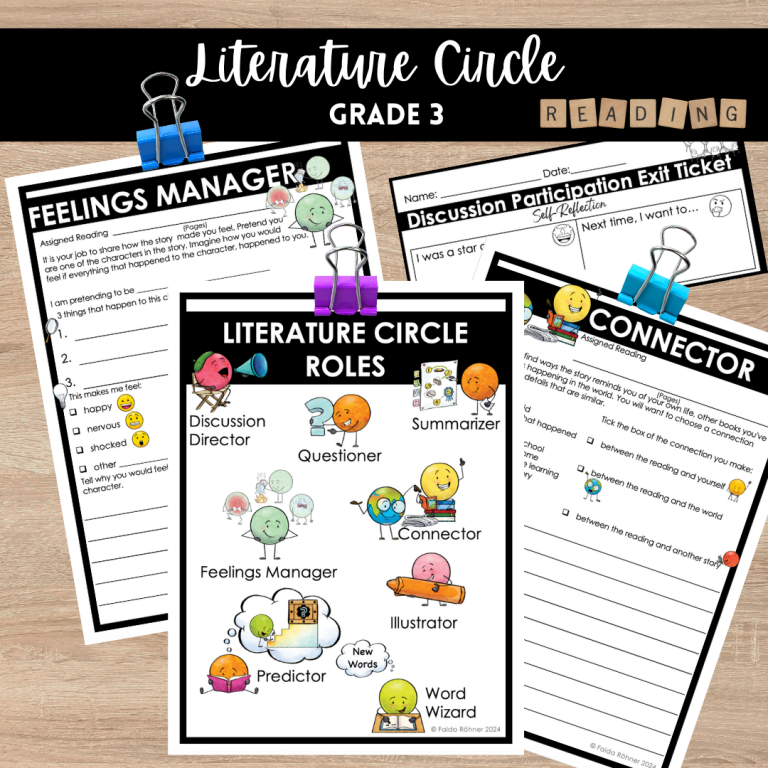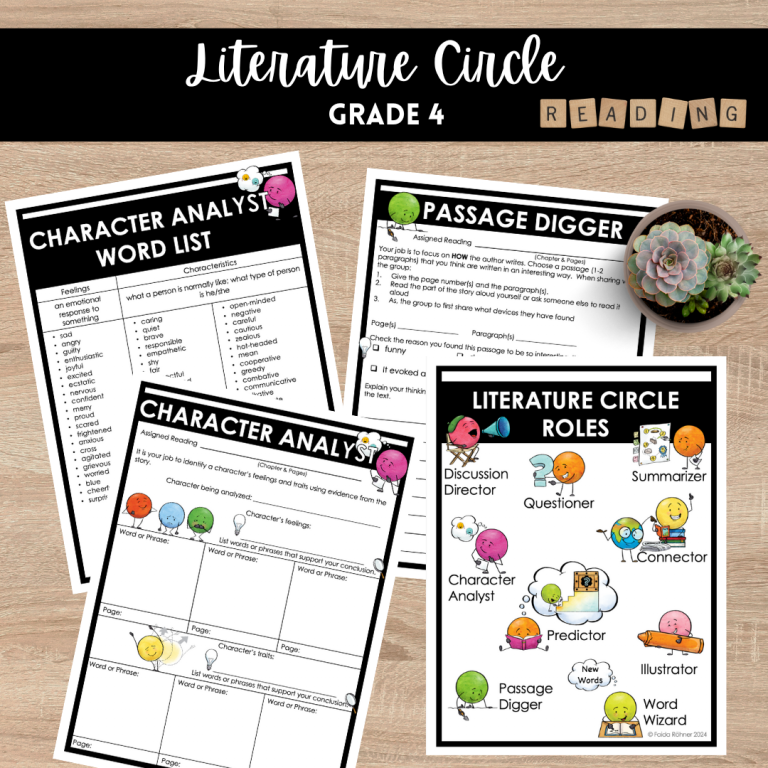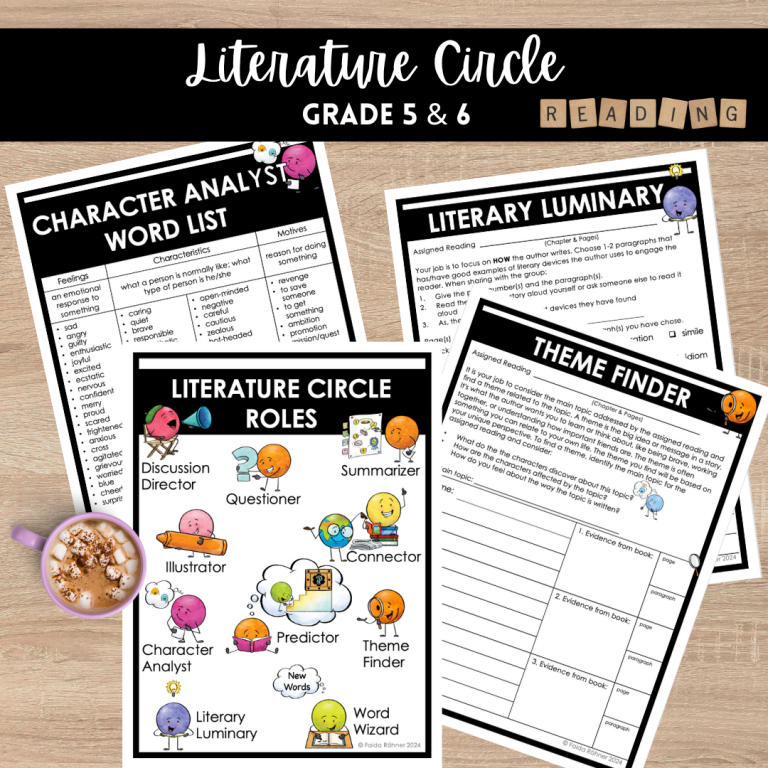We all agree: reading is important. It gives students access to everything. I tell my students, “It’s okay if reading isn’t your favorite thing in the world, but I never want you to miss out on something in life just because reading is hard for you.”
Literature opens doors—not just to reading skills, but to ideas, perspectives, history, science, and more. It’s also a gentle (and honestly, entertaining) way to introduce big concepts to struggling or resistant readers. Bonus: when you use literature to teach, you’re covering content and literacy at the same time—like a teaching two-for-one special!
Here are my top 5 favorite ways to use literature to bring the real world into your classroom.
1. Literature as a Provocation: Hook Their Curiosity with a Story
When kicking off a new unit, few things spark curiosity like a great story. Using literature as a provocation lets you ground new content in a context kids can actually care about. I love pulling out a high-quality picture book—yes, even for older students. Picture books are short enough to squeeze into a lesson and rich enough to launch big thinking.
Here’s my go-to trick: don’t read the whole thing. Seriously. Close that book right at the moment of peak tension. You’ll hear the gasps. You’ll see the eyes widen. That moment becomes your launching pad. Instead of telling students what’s going to happen, I send them off to explore the concept in real life—research, experiments, group work—and then come back to make predictions about how the story ends.

Want examples?…
- Stone Soup by Marcia Brown – Sparks discussion around cooperation, sharing, and community problem-solving. (Simple language—great for young readers and ELLs.)
- Those Shoes by Maribeth Boelts – Explores needs vs. wants, peer pressure, and consumer choices in a relatable, modern context. (Accessible for early elementary readers.)
- Voices in the Park by Anthony Browne – An excellent entry point to discussing perspective, empathy, and social differences. (Great for ELLs due to strong visual support.)
- Miss Rumphius by Barbara Cooney – Encourages students to think about how they can make the world more beautiful through small, meaningful actions.
- The Great Kapok Tree by Lynne Cherry – A rich, engaging introduction to rainforest ecosystems and environmental impact. (Works well with older readers too.)
Starting a unit with literature gives students a meaningful entry point into real-world content—and it makes them desperate to find out how the story ends.
Want more ideas for provocations? Read my blog post about the Power of Provocations.
2. Teaching Content: Literature as a Cross-Curricular Bridge
One of the easiest ways to sneak extra learning into the day is by using literature to teach content. Reading a book? Great. Learning science or social studies while reading a book? Even better. It’s like the educational version of sneaking vegetables into a smoothie.
Some books are practically made for this. For example, Gregor Mendel: The Friar Who Grew Peas is a hidden gem for teaching heredity and plant reproduction. Not only does it explain Mendel’s experiments with easy-to-understand illustrations, but it also shows the importance of observation, patience, and persistence—all essential scientific habits.
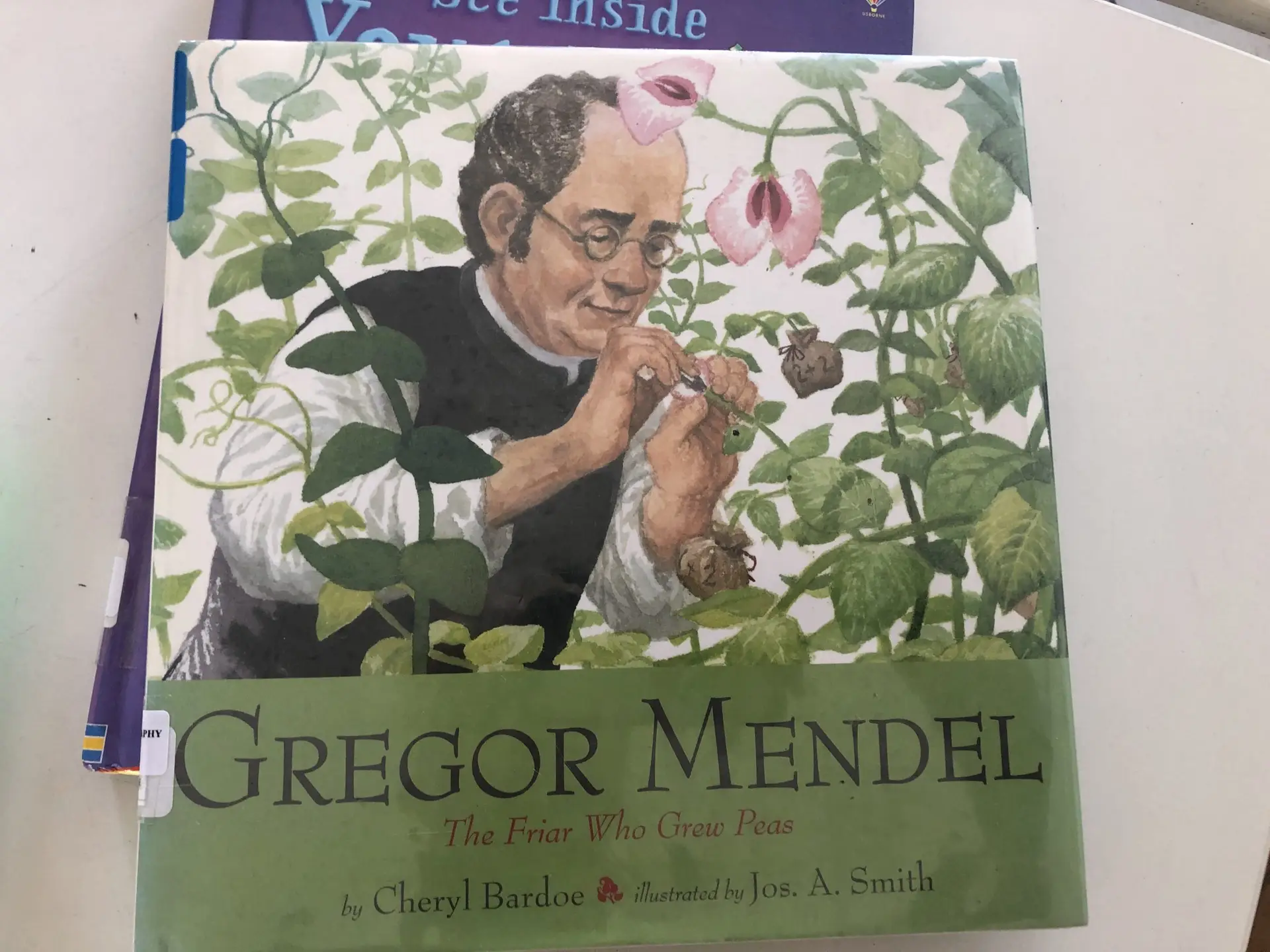
I love using nonfiction picture books and narrative nonfiction to bring content to life. Students absorb so much more when a topic is introduced through a story, especially when that story features real people, problems, or possibilities. Bonus points: this approach supports reading skills, builds background knowledge, and lets you teach across subjects—all at once.
Here are some content-packed gems:
- Magic Tree House: Mummies in the Morning by Mary Pope Osborne – A fun way to introduce Ancient Egypt and early civilizations. (Perfect for young readers and ELLs.)
- Gregor Mendel: The Friar Who Grew Peas by Cheryl Bardoe – Brings genetics and scientific perseverance to life through a biography with charming illustrations.
- Snowflake Bentley by Jacqueline Briggs Martin – Introduces weather, snow crystals, and scientific curiosity with poetic language and gentle visuals. (Good for mid-level readers.)
- Kite Fighter by Linda Sue Park – Weaves together Korean history, family expectations, and traditional festivals. (Appropriate for grades 4–5.)
- The Boy Who Harnessed the Wind by William Kamkwamba and Bryan Mealer – A powerful narrative about innovation and renewable energy rooted in real-world issues. (Ideal for older or advanced readers.)
- Usborne Illustrated Originals: Around the World in 80 Days by Jules Verne (adapted) – A great fit for teaching geography and global cultures. (ELL-friendly due to illustrations and simplified text.)
- The Breadwinner by Deborah Ellis – Offers a realistic look at life in Taliban-controlled Afghanistan and gender-based limitations. (Best for mature upper-elementary readers.)
Reading about real-world concepts in a narrative form gives students a chance to absorb information in a less intimidating format. It’s a particularly supportive strategy for ELLs and reluctant readers. They may not be excited about ecosystems, but they’ll care deeply about what happens in a rainforest when it’s tied to a character they love.
3. Exploring Social-Emotional Development: Growing Up and Figuring It All Out
Literature is a window into lives different from our own—and sometimes a mirror that reflects our own stories back to us. When it comes to growing up, things can get awkward fast. Emotions get bigger, friendships get more complicated, and don’t even get me started on hormones. Books are a gentle way to help kids process those changes without putting them on the spot.
There’s something powerful about reading stories where real people—especially real kids—face challenges, make brave choices, or experience major life changes. Books can offer comfort, clarity, and (sometimes) a good laugh. Plus, they can say the things we adults try to explain—but with way cooler characters and zero lectures.
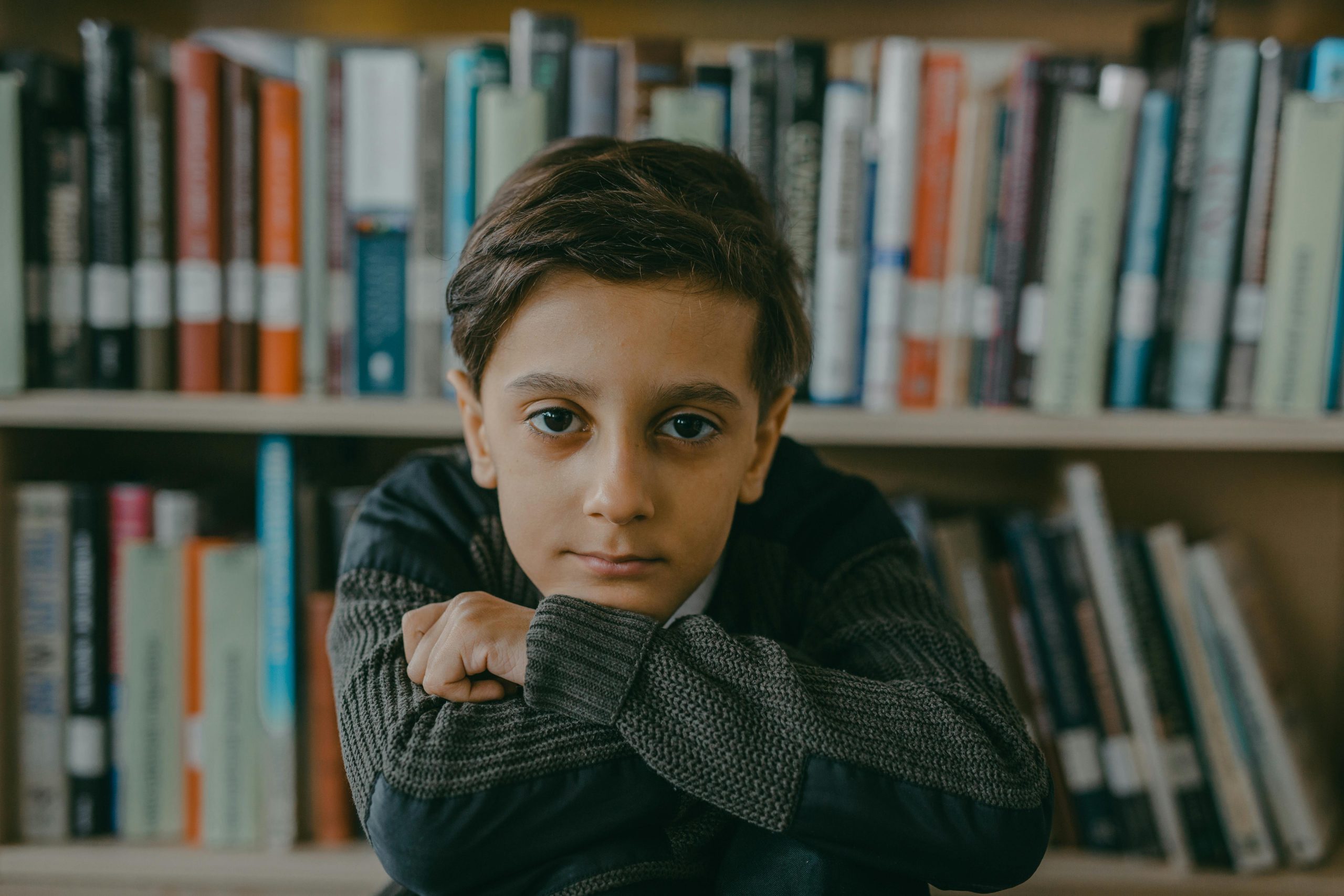
Here are some titles that help students explore growing up in all its glory and awkwardness:
- Ramona the Pest by Beverly Cleary – Explores first days of school, social misunderstandings, and growing up with spunky charm. (Easy-to-read, very ELL-friendly.)
- Ramona Quimby, Age 8 by Beverly Cleary – Tackles emotions, family dynamics, and identity with honesty and humor. (Accessible for most middle readers.)
- Judy Moody Was in a Mood by Megan McDonald – Great for discussing mood swings, self-expression, and identity formation. (Fun and humorous—great for reluctant readers.)
- Diary of a 4th Grade Nothing by Judy Blume – Perfect for exploring sibling relationships, frustrations, and the joys of being a kid. (Very accessible and engaging.)
- Stargirl by Jerry Spinelli – Sparks conversations about individuality, peer pressure, and staying true to oneself. (Best for upper elementary readers.)
- Out of My Mind by Sharon M. Draper – A deeply emotional story about living with cerebral palsy, communication, and self-worth. (Best for older, mature readers.)
Books like these allow kids to reflect on their own feelings and experiences without having to talk about themselves directly. And if they do want to talk about themselves? Even better. You just cracked open the door for honest, thoughtful conversations that stick.
4. Literature as Inspiration: Spark Kindness, Courage, and Creativity
Some books make you laugh. Some make you think. And some make you want to go out and change the world. These are the stories I reach for when I want to inspire action or reflection—or just remind my students (and myself) that the world needs their voices.
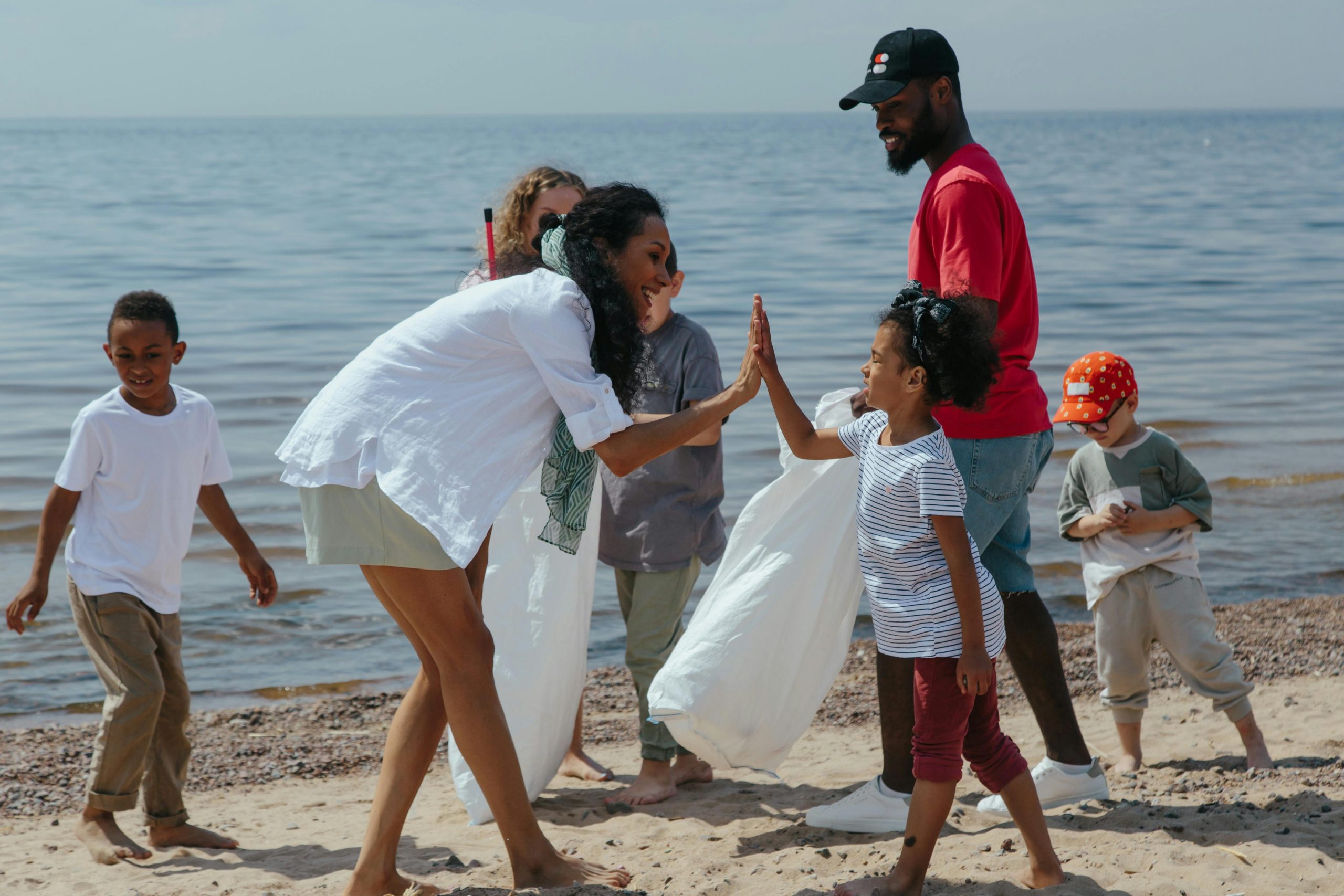
Check these out…
- A Chair for My Mother by Vera B. Williams – Highlights family love, saving for a goal, and bouncing back after hardship. (Great for young readers and ELLs.)
- The Most Magnificent Thing by Ashley Spires – Encourages creativity, trial and error, and persistence. (Simple language and relatable message for early readers.)
- Rosie Revere, Engineer by Andrea Beaty – Showcases engineering, imagination, and embracing failure as a learning process.
- The Lorax by Dr. Seuss – A rhyming call to action about environmental care and speaking up for what’s right. (Humorous and rhythmic—great for reading aloud.)
- My Diary from Here to There by Amada Irma Pérez – Tells a bilingual story of immigration, family, and hope. (ELL-friendly and relatable for students with cross-cultural experiences.)
- Esperanza Rising by Pam Muñoz Ryan – A compelling story of class, labor, and resilience during the Great Depression. (Best for upper elementary.)
- Born to Run by Michael Morpurgo – A gripping tale of love, loss, and second chances told through the eyes of a greyhound. (Great for animal lovers and independent readers.)
- The Red Pencil by Andrea Davis Pinkney – A story of conflict and survival told in verse—shows the power of art and education. (Advanced vocabulary, but highly impactful.)
- House of Tailors by Patricia Reilly Giff – A historical fiction story about independence, work, and resilience during immigration. (Great for older readers.)
- The Miraculous Journey of Edward Tulane by Kate DiCamillo – A beautiful, emotional tale of transformation and self-discovery. (Great for building deep conversations.)
When literature inspires, it doesn’t have to end with the book. It can lead to creative projects, acts of kindness, or class initiatives that carry the theme beyond the page. And sometimes, the right story at the right time is just what a kid needs to start seeing themselves as a change-maker.
5. Teaching Writing Through Reading: Learn Style, Structure, and Grammar from the Greats
You can spend hours drilling grammar… or you can let a great book do some of the heavy lifting. Reading great literature is one of the best ways to teach writing without it feeling like grammar bootcamp. Literature is packed with mentor text gold—if you know where to look. When students read like writers, they start to notice sentence patterns, structure, and how tone is created.
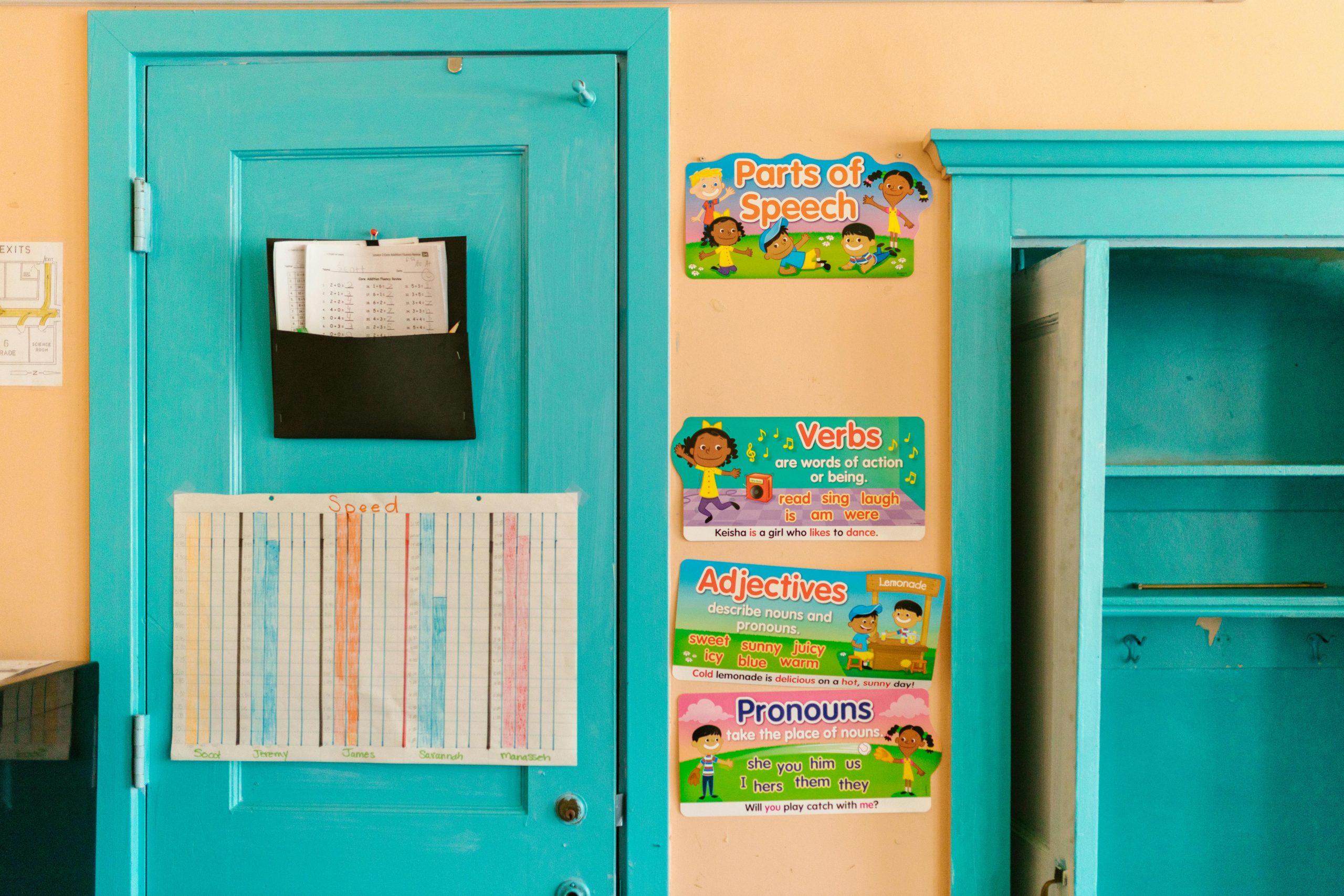
I use literature to teach everything from commas to character voice. It’s less intimidating and way more engaging than a worksheet ever could be.
Here are a few of my writer’s workshop staples:
- Amelia Bedelia by Peggy Parish – A classic for teaching idioms, multiple meanings, and wordplay. (Simple and hilarious—perfect for ELLs.)
- Click, Clack, Moo: Cows That Type by Doreen Cronin – A fun way to introduce persuasive writing, letters, and tone. (Accessible for younger students.)
- The Paperboy by Dav Pilkey – Offers strong sentence structure and rhythm. Great for modeling simple, lyrical prose.
- Owl Moon by Jane Yolen – Known for its sensory-rich language and poetic descriptions. Excellent for mentor texts in personal narrative writing.
- Because of Winn-Dixie by Kate DiCamillo – A model for dialogue, pacing, and voice. (Accessible to middle readers.)
- Owl in the Shower by Jean Craighead George – Great for persuasive writing and weaving environmental themes into fiction. (Best for upper elementary readers.)
- The Tale of Despereaux by Kate DiCamillo – Rich in narration, tone, and complex sentence structure. (Best for advanced readers.)
- Hatchet by Gary Paulsen – Excellent for modeling descriptive survival narratives and emotional arcs. (Challenging, but great for independent readers.)
Pulling mentor sentences from these books can lead to rich writing discussions. And best of all, students start to see that “grammar” isn’t just rules—it’s how writers do magic on the page.
Additionally, when students read thoughtfully, they begin to absorb how writing works: how authors build suspense, how dialogue flows, how sentence structures vary. It’s sneaky learning, and it works beautifully.
Take The Tale of Despereaux. It’s not just a charming story—it’s a masterclass in voice and style. The narrator talks to the reader, creating a sense of intimacy and playfulness. I also use it to show how authors can break the rules (once they know them). It’s a great example of how tone and perspective can shape a reader’s experience.
Bonus: Ways I Love to Engage my Students with Literature Related to Units
- Read aloud
- Guided reading (Perfect for using mentor texts to explore grammar)
- Literature circles
- Classroom library (Students have choice but I choose the options.)
- Curated book basket
- Assigned task with book – e.g., vocabulary hunt, reading response and sorting task
I am so passionate about using literature circles in the classroom to help students make connections to the real world while they develop critical thinking and communication skills. If you have any questions about literature circles or about my literature circle packets, please don’t hesitate to reach out. I’d love to hear from you. Just click the button below.
Using Literature to Make Real-World Connections is a Game Changer
Using literature this way transformed how my students connected to content—and to each other. It makes the learning stick because it feels real. And when reading helps make sense of the real world? That’s when it matters most.
So go ahead—build that library shelf with purpose. Use stories to spark curiosity and meaningful conversations. And remember, a well-placed picture book or chapter from a novel might just be the thing that makes your next science or social studies lesson stick.

